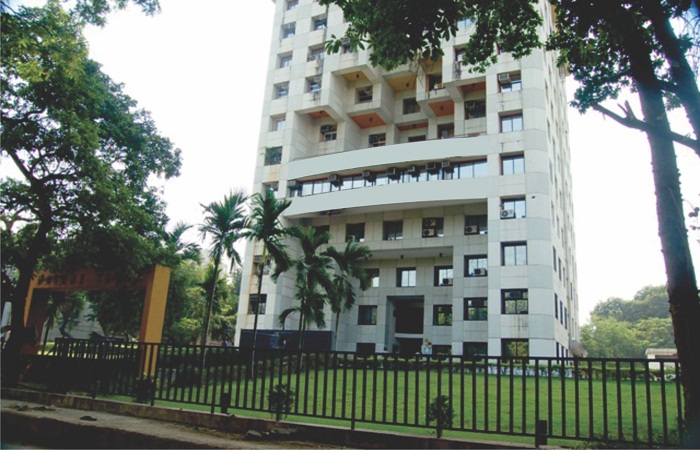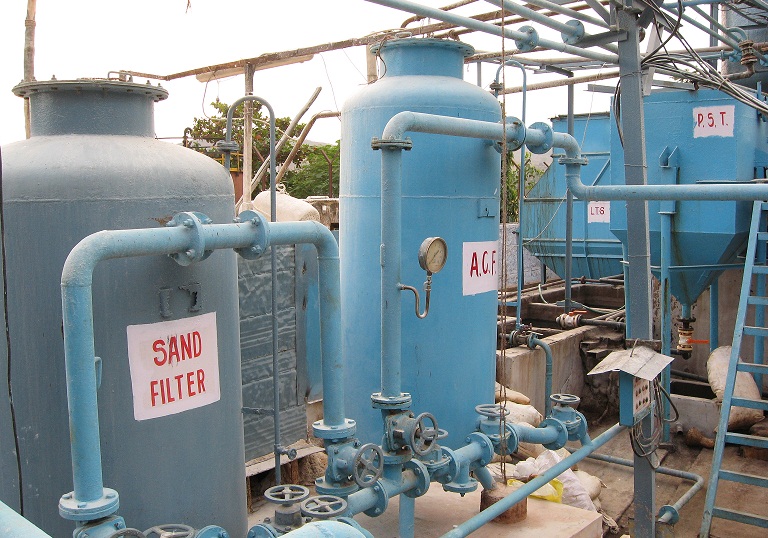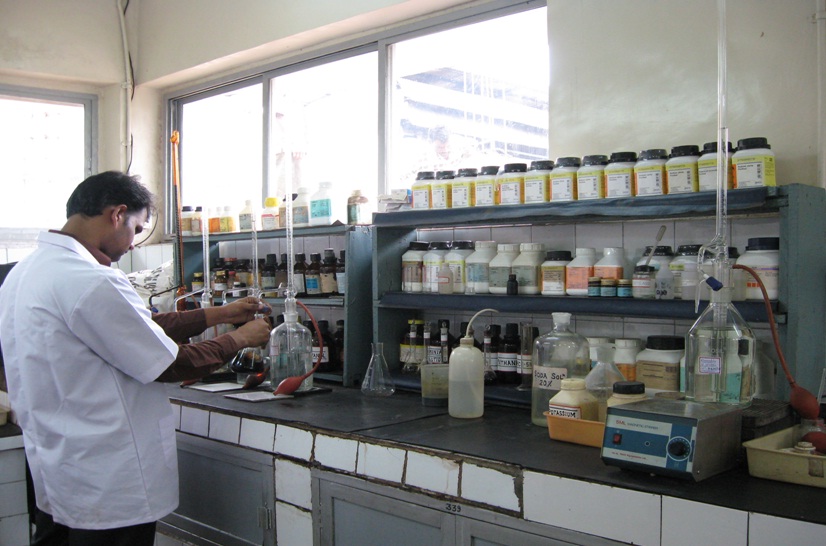
India, being second largest producer of Dyestuffs & Intermediate has potential to improve its Global Market Share. Since last couple of years. Industry has gone through difficult phase due to high inflation, currency fluctuation and high operational cost. Now with the Make In India campaign, this industry will see show casing major improvements.
Dye intermediates are petroleum downstream products, which are further processed for any application. On processing they are transformed to finished dyes and pigments. The dye intermediates serve many industries like textiles, plastics, paints, printing inks and paper.

Shree Hari Chemicals Exports Ltd was established in the year 1987. The factory of Shree Hari Chemicals Export Ltd., (SHCEL), is located at Mahad, Raigad District of Maharashtra state, India, one of the Largest Manufacturing unit of H-Acid in India. In 1993, the company was converted in to a public Limited company and listed on Bombay Stock Exchange.
Shree Hari Chemicals Exports Ltd is an India-based company. The Company is one of the leaders among manufactures and suppliers and operates in the chemicals industry. The Company is engaged in the manufacture of dye intermediate, such as 1-Amino, 8-Napthol and 3-6 Disulphonic Acid. The Company s product is an intermediate for the dyestuff, mainly reactive dyes, which is being used in cotton textiles. The Company s products include H-acid, Koch-acid, dye intermediates, acid dyes, reactive dyes and direct dyes.


An ISO 9001:2008 certified company, Shree Hari Chemicals continues continues to play a leading role in the manufacturing of dyestuffs in India with the intent to further strengthen its position for its quality products. With their decades of experience and extensive industry knowledge, they have been able to face the challenges of the global market place and deliver quality products in adherence with market standards and parameters.


Thier Products Have Been Very Well Accepted Globally And Are Being Exported To Major Clients In The Worldwide Potential Markets Like Switzerland, EUROPE, U.K., CANADA, CHINA, FAR EAST etc.






















